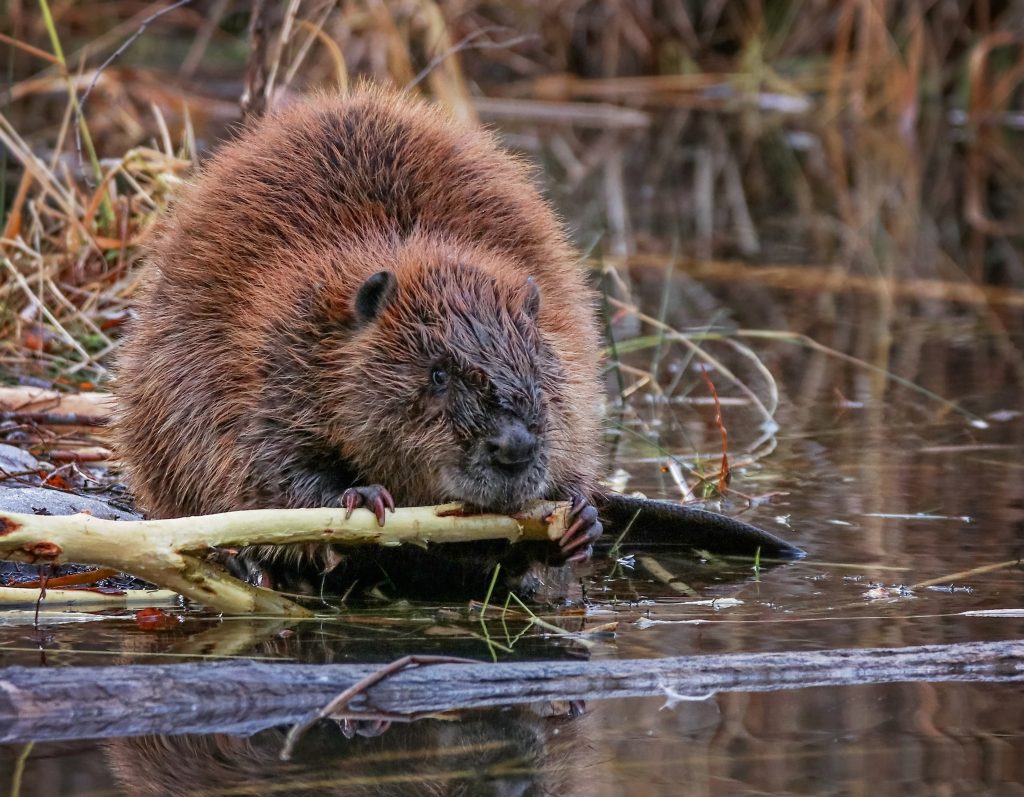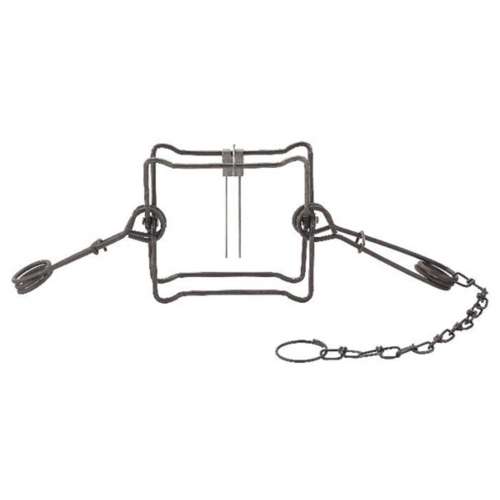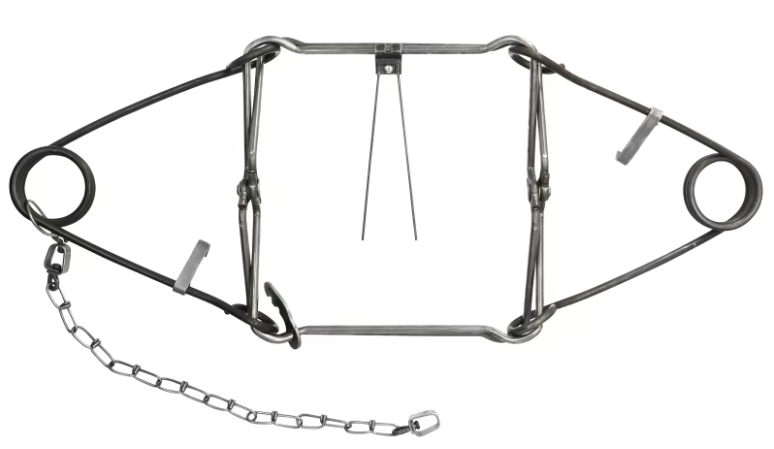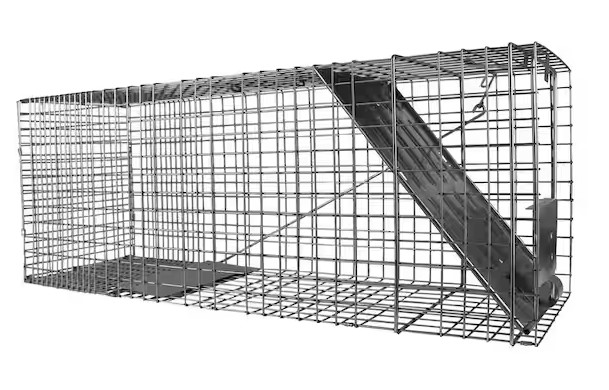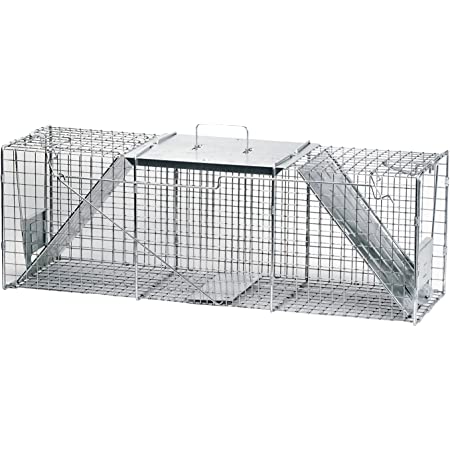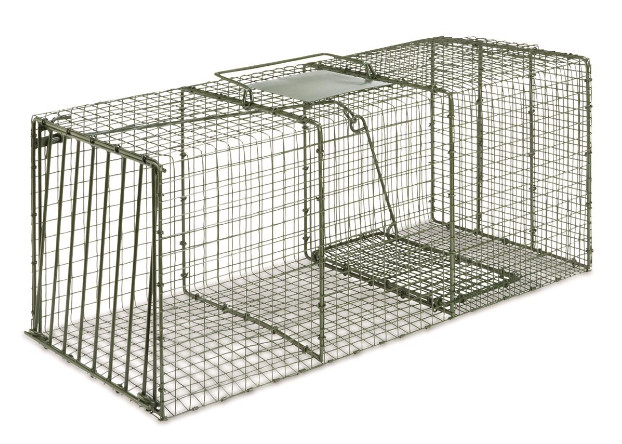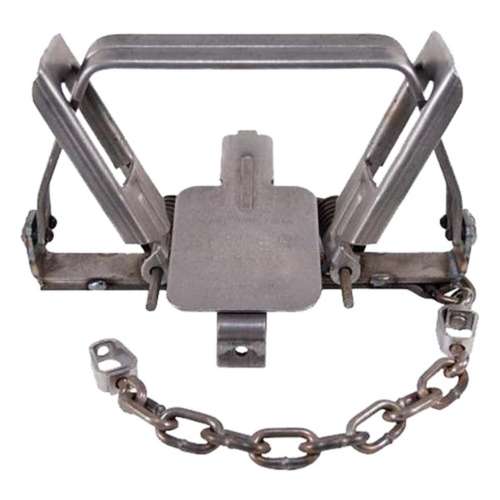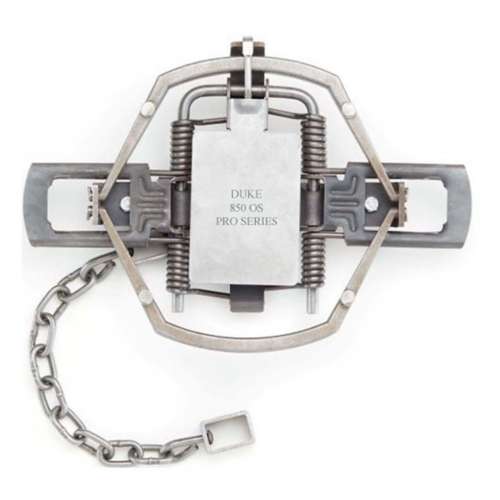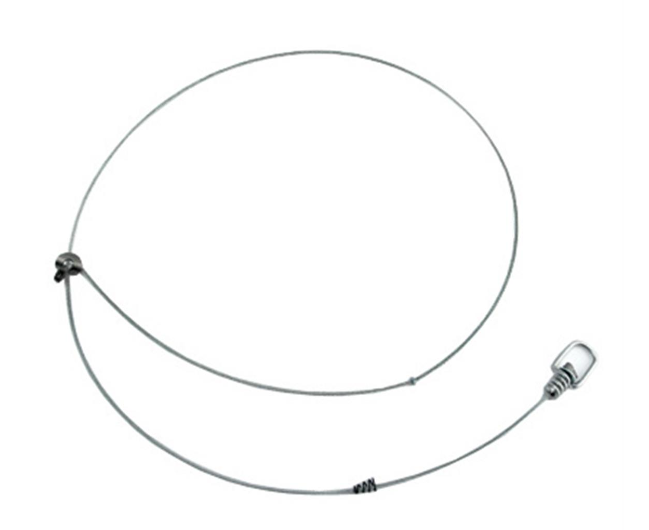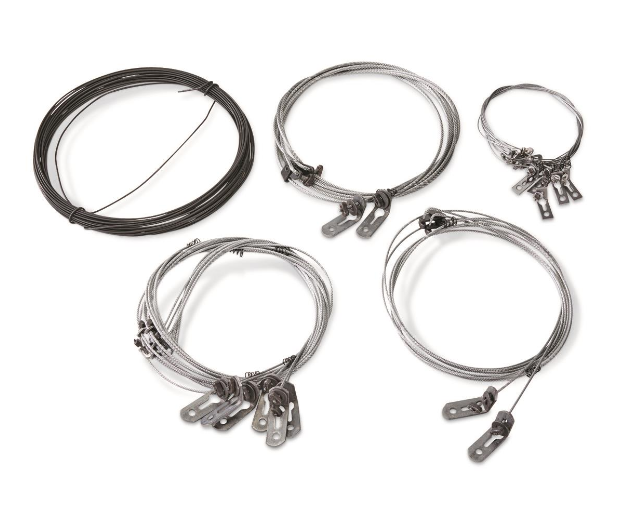Beaver traps are specially designed tools used to capture and control beaver populations. These traps are crafted with durable materials and innovative features to ensure effective trapping while minimizing harm to the animal or to humanely dispatch of them. From traditional foothold traps to modern body grip traps, there are various types of beaver traps available to suit different trapping preferences and regulations. Whether you’re a wildlife manager, trapper, or landowner dealing with beaver-related issues, choosing the right beaver trap is crucial for successful and humane population control.
Table Of Contents
- History Of Beavers In North America
- Growing Beaver Population
- Beaver Population Control Through Trapping
- Beaver Trap Types
- Choosing the Right Trap
- Final Thoughts on Beaver Trapping
History Of Beavers In North America
Beavers are fascinating creatures. Given enough time, they will transform the landscape wherever they decide to set up residence. Early explorers noted their significant numbers throughout North America and their role in shaping its landscape.
These large aquatic rodents were responsible for creating extensive wetlands across the continent. In light of their overall positive ecological effect, beavers are sometimes purposely used for environmental restoration efforts to help reestablish and improve watersheds.
Moreover, many conservation organizations and land managers actively promote beaver presence in certain areas and use various techniques to encourage colonies to establish themselves in suitable locations.
Beavers can help create wetlands and also help control erosion and reduce the impact of floods by slowing the flow of water and trapping sediment.
Unfortunately, a single colony can cut down as many as 200 trees a year, and some landowners aren’t willing to donate that amount of timber to uninvited rodent trespassers.
Growing Beaver Population
Under normal conditions, beavers typically give birth to litters of 1-6 kits (baby beavers) each year, with an average litter size of two to three kits. However, the birth rate and family size of wild beavers can vary depending on several factors, including the availability of food and suitable terrain, as well as the overall health of the local population.
Beavers are social animals and live in family groups that can expand into colonies. Typically consisting of a breeding pair of adult beavers and their offspring, these colonies can range in size from just a few individuals to several dozen, depending on the available resources.
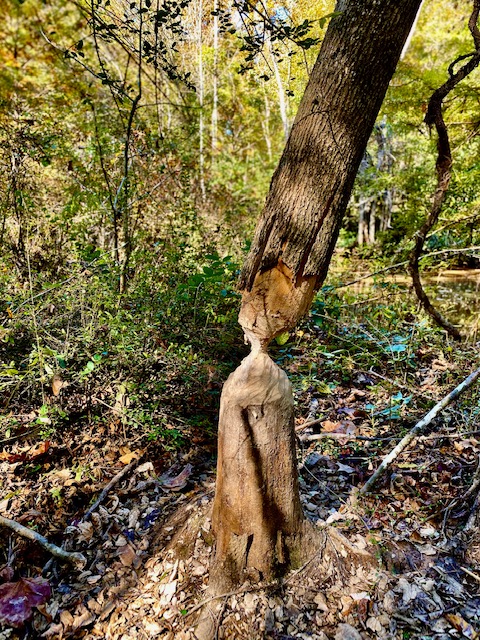
Adult beavers force juveniles to leave the colony in late winter and early spring. These juveniles can travel up to four miles to find a suitable site. Once settled, they create new colonies averaging 20-40 acres and a breeding pair left undisturbed can have a dramatic impact in a short time.
Unfortunately, this expansion often results in flooding issues and timber loss for landowners and urban neighborhoods.
Beaver Population Control Through Trapping
Trapping is a humane and effective way to help control beaver populations when done correctly. However, it’s essential to note that beaver trapping may not be allowed in certain areas, so check your local laws before beginning trapping activities.
Landowners can also contact their local Division of Wildlife & Freshwater Fisheries Office for a special permit to use a firearm and spotlight to remove a few swimming rodents at night.
When trapping beavers, it’s vital to use humane and effective traps, such as Conibear or footholds. The Conibear trap is designed to kill a beaver quickly and humanely, minimizing suffering. It is also critical to properly set using a setting tool and check the traps regularly to ensure any trapped animals do not suffer needlessly.
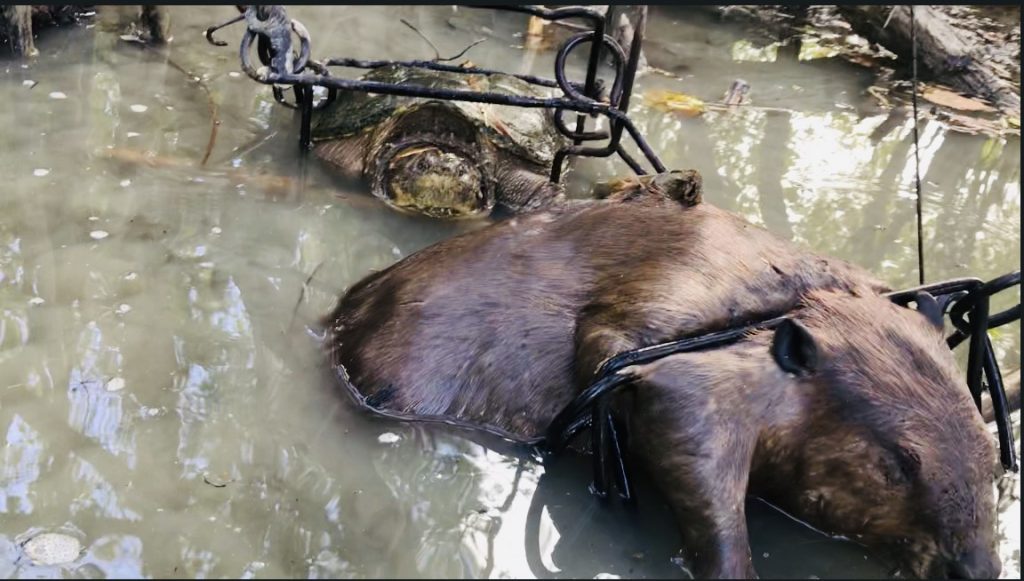
Professional trappers are familiar with state and local regulations and have the training and experience to know which traps to use in each situation. Although landowners can legally trap their properties, attending a trapping seminar or enlisting a professional to learn the most effective and safest way to reduce a local beaver population is wise.
Inexperience or using substandard traps and equipment can result in missed or injured animals, potential harm to non-targeted species, mild to severe pain, and even broken bones when handling traps.
Beaver Trap Types
Here are the most commonly used traps. Each type has distinct advantages when used correctly:
Conibear Traps
These are body-gripping traps designed to kill the animal quickly and humanely. These powerful traps are highly effective and are frequently used by professional trappers.
Duke No. 330 Body Trap
Features
- Affordable, effective setup
- For bobcat, coyote, beaver, lynx and otter
- 10″ jaw spread
- Metal construction
The Duke Body Grip Animal Trap has gained popularity due to its adaptable and efficient design. With its rotating jaws, this trap swiftly captures and eliminates wild animals. State and federal wildlife agencies widely recognize the Duke Body Trap sizes #330 and #220 as among the most humane methods for controlling beaver populations.
Bridger 330 Magnum Bodygripper Trap
Features
- Magnum Conibear-style trap at a bargain price
- Smart choice for beaver and otter
- Strong and durable – magnum jaws and heat-treated springs
- Smart trigger and dog design – slight center gap to protect the trigger’s integrity
- Flat safety hooks
- Stronger trigger wire
- Tear drop ring attached to the spring
- Comes with 16″ of #2/0 TL chain and heavy duty swivels
Providing exceptional trapping capabilities for beavers and otters, the Bridger 330 Magnum Bodygripper Trap offers the performance of a high-caliber trap at an affordable price. With dimensions of 10-1/2″ x 10″, this trap follows the Conibear-style design, equipped with magnum jaws and heat-treated springs for reliable and robust functionality. Its sturdy double-spring construction boasts a top-notch trigger and dog assembly, featuring a slight center gap that safeguards the trigger’s integrity during dry fires. Additionally, the trap incorporates flat safety hooks, reinforced trigger wire, and a tear drop ring attached to the spring. Included with the trap is a 16″ #2/0 TL chain, complete with heavy-duty swivels on both ends. Weighing 4.83 lbs, this trap delivers exceptional trapping power without breaking the bank.
Live Traps
These cage-like traps allow the live capture of a beaver for relocation elsewhere. They are a humane option but are expensive, bulky, and more difficult to set.
Havahart Large 1-Door Professional Live Animal Cage
Features
- Dimensions: 31.98 in. x 10.6 in. x 12.14 in.
- 1 spring-loaded solid metal door
- Smoothed internal edges prevent injuries to animals
- Designed for higher catch rate and fewer escapes
- Made to last – resists rust and corrosion
- Comes fully assembled and ready to use
- Trigger rod is located outside of the trap so animal cannot damage it while in the trap
- Designed by professional trappers
Designed by professional trappers, the Havahart Large 1-Door Animal Trap is a durable all-metal cage that ensures safe and reliable captures. This live animal trap is trusted and utilized by animal control officers, making it a dependable choice. Constructed with sturdy, rust-resistant wire mesh and reinforced with steel, Havahart one-door animal cage traps are built to withstand the test of time. Measuring approximately 32 inches in length, these traps are galvanized for maximum resistance against rust and corrosion. The trap’s mesh openings are smaller than those of comparable traps, preventing escapes and bait theft. It features a solid, locking door and a sensitive trigger that ensure swift and secure captures, targeting specific animal sizes while avoiding unintended catches. With solid handle guards, the user is protected during animal transportation. Additionally, the trap has smoothed internal edges to safeguard the captured animal from self-injury.
Havahart Large 2-Door Humane Catch and Release Live Animal Trap
Features
- Humanely captures animals
- Smooth internal edges prevent injuries to animals while inside
- Handle guard protects you from contact with the animal
- Two spring-loaded doors create a clear path, encouraging animal interaction and increasing catch rates
- The fine-tuned trip mechanism targets heavier critters, eliminating false triggers
- Powerful door ensures secure captures
- Made with galvanized, one-piece wire mesh for maximum resistance to rust and corrosion
- The solid steel door adds to the durability
This Havahart live trap incorporates innovative safety features such as smooth internal edges to prevent animal injuries and a handle guard to protect users from direct contact. With its 2-door design, featuring spring-loaded doors, it provides a clear path that encourages animal interaction and improves catch rates. The trap’s professional design includes a finely tuned trip mechanism that specifically targets larger animals, reducing false triggers, and ensuring secure captures. Its construction is built to last, with galvanized, one-piece wire mesh that offers maximum resistance against rust and corrosion, while the solid steel door enhances durability.
Duke Heavy-duty Live Cage Trap
Features
- Sturdy single-door Cage Trap
- Catches live animals without harming them
- All-steel rod gravity drop door
- Bait-protected mesh cage
- Internal steel rod frame
- Green powder-coated finish
The Duke Heavy-duty Cage Trap is specifically crafted to meet the needs of trappers and animal control professionals. This trap offers outstanding durability and user-friendly operation, ensuring the safe and secure capture of live animals. It features steel rod gravity drop doors, a mesh cage that safeguards the bait, and an internal steel rod frame that provides additional reinforcement. The trap is finished with a green powder-coat, allowing it to blend seamlessly with the surrounding vegetation.
Foothold Traps
Commonly known as steel traps, these are designed to grip the beaver’s foot and are often attached to a drowning wire. They require daily checks, and most professional trappers use these.
MN Trapline TS-85 Beaver Trap
Features
- 8 1/2″ outside jaw spread and 8 3/16″ inside jaw spread
- Heavy .185″ thick custom-made music wire springs
- Fully adjustable pan for tension and travel
- Heavy 3/8″ welded baseplate
- Riveted jaws
- Precision-designed curvature in the jaws
- Includes 8″ of TS-85 chain and 2 Crunchproof swivels
- Made in the U.S.A.
The groundbreaking TS-85 is the first beaver trap with an outside jaw spread of 8 1/2″ and an inside jaw spread of 8 3/16″. This trap revolutionizes simplicity. It incorporates heavy .185″ thick custom made music wire springs, a fully adjustable pan for tension and travel, a sturdy 3/8″ welded baseplate, and riveted jaws. The trap’s precision design includes a curvature in the jaws that enables the levers to securely lock up as the trap closes, providing exceptional holding power. It comes complete with 8″ of TS-85 chain and 2 Crunchproof swivels. Proudly made in the U.S.A.
Duke Traps 850 FJ Beaver Trap
Features
- Heavy cast steel closed jaws
- Stainless steel rod dog with step-down PIT pan system
- Double base plate: The trap is equipped with a double base plate for added stability and strength.
- Center swiveled D-Ring with heavy machine link chain
- Wolf-style swivels
- 4 coil springs
- Rock-solid construction
The Duke 850-FJ Pro Series beaver trap, equipped with heavy cast steel closed jaws, a stainless steel rod dog with a step-down PIT pan system, a double base plate, a center swiveled D-Ring with a heavy machine link chain, wolf-style swivels, and 4 coil springs. This trap is an outstanding choice for those engaged in serious beaver, wolf, and lion trapping. Its robust construction ensures durability even in the harshest conditions. The Duke 850-FJ Pro Series trap is designed to withstand and excel in challenging trapping environments.
Snares
This type of trap uses a wire loop to cinch around the beaver’s body when it tries to swim or walk through the loop. They are simple and inexpensive but require daily monitoring.
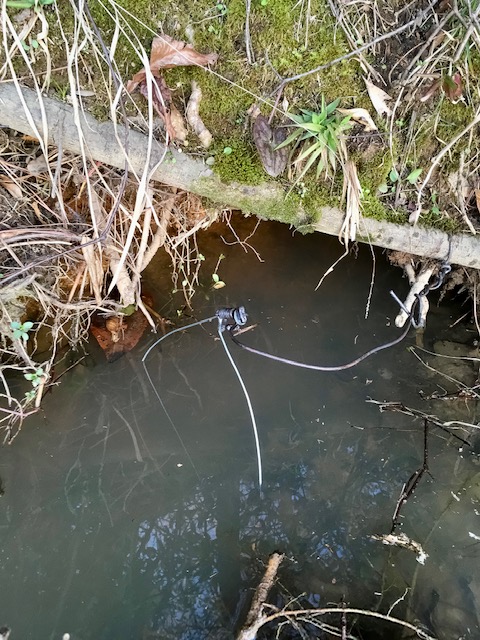
A 33 ½ inch length of 1/16″ galvanized aircraft cable forms a free-standing 9-10″ loop and is ideal for the average beaver. These are positioned two to three inches off the bottom for underwater runs or by placing 2/3 of the loop underwater for swimming beavers.
DakotaLine Snares Thin Lock
Features
- Fur-friendly design
- The lock provides a firm and reliable grip
- Compact and lightweight
- Made from durable materials
- Can be used for various trapping purposes
The Dakotaline Raccoon & Beaver Snare, is meticulously crafted from high-quality 3/32″ 7×7 cable, extending to a length of 48″. This snare showcases the fur-friendly Blackdog Thin Lock, accompanied by a poly support collar and a 9 gauge end swivel. Additionally, it comes equipped with a small floating deer lock for added versatility. The Dakotaline Raccoon & Beaver Snare is available for purchase in sets of one dozen, ensuring you have an ample supply for your trapping needs.
Roundup Micro Lock Snares with Deer Stops
Features
- 7×7 3/32″ galvanized aircraft cable for durability
- Micro lock
- Universal support collar
- #9 swivel
- Deer stops allow a leg-caught deer to pull its leg back through the snare
- Great for coyote, fox, raccoon, badger, and beaver
- 5′ long
- Includes 12 snare
Experience the art of primitive trapping with Roundup Snares, expertly crafted from galvanized aircraft-grade cables and equipped with micro locks. These snares are highly effective for capturing a range of small animals, including coyotes, raccoons, foxes, and more. Each snare comes with a deer stop, ensuring the safety of whitetails while maximizing your trapping success. This package includes a set of 12 snares, providing ample supply for your trapping endeavors.
Universal Snaring Pack
Features
- Includes 16 Snares, roll of wire and instructions
- Strong 7/7 cable
- Small game/Raccoon/Beaver snares include micro-locks
- Coyote and Wolf/Hog snares includes cam-locks
- 14-gauge tire wire and instructions included
- 6 small game snares – 30″ long, 3/64″ diameter 7/7 cable with #11 swivel and micro-locks
- 6 Raccoon/Beaver snares – 60″ long, 3/32″ diameter 7/7 cable with #9 swivel, micro-lock and universal support collar
- 2 Coyote snares – 84″ long 3/32 diameter 7/7 cable with #9 swivel and cam-lock
- 2 Wolf/Hog snares – 96″ long 1/8 diameter 7/7 cable with #9 swivel and cam-lock
- 14-gauge tire wire and instructions
Utilizing Snaring Sets is a time-honored method for procuring animals as a source of survival food. Each snare within the set is constructed from durable cable, featuring a Micro Lock system for smaller sizes and a Cam Lock for larger sizes, ensuring a secure hold. It is essential to include these snares as part of your bug out bag supplies. However, please be advised to consult local regulations regarding the use of snares to ensure compliance with applicable laws.
Choosing the Right Trap
The best type of beaver trap to use in any given situation will depend on several factors, including:
- Purpose of trapping- A live trap may be the best option if you are trapping beavers to relocate them. A Conibear or a foothold is more appropriate if you are fur trapping or reducing the population.
- Location of the trap- If you are trapping in an area with a lot of foot traffic from kids or pets, more frequent checks are needed, and a live, padded jaw or snare might be the safest option.
- Type of waterbody- A Conibear or a foothold trap works well if trapping in a slow-moving stream or pond.
- Local regulations- Before setting any trap, it is essential to familiarize yourself with local, state, and federal laws regarding trapping beavers and other wildlife.
- Personal preference- Ultimately, the best type of trap for any situation will depend on your experience and the available resources.
Lures vs. Blind sets
When setting beaver traps, blind and lure sets are the two standard techniques to catch beavers. Here’s an overview of each:
Blind sets – A blind set involves positioning a trap where beavers are likely to travel, such as a narrow passage between two bodies of water or a crossover on a dam. The idea is that the beaver will accidentally step on the trap while traveling through the area. Blind sets rely on the beaver’s natural behavior and movement patterns for proper placement.
Lure sets – This method involves placing a trap near a beaver’s food source or using a scent lure to attract the beaver. The attractant can be anything from a piece of wood coated with beaver castor to a commercial scent that mimics the smell of a beaver’s favorite food. Lure sets rely on the beaver’s sense of smell to attract them to the trap.
Blind sets and lures are each effective for trapping beavers, and many trappers use a combination of both techniques. However, blind sets need to be placed where beavers are known to travel, while lure sets are positioned to attract beavers to locations where they may not normally travel.
Ultimately, the choice between blind and lure sets will depend on the individual trapper’s preference and the specific trapping situation.
Blind sets depend on placing your trap where a beaver enters and exits the water, crosses over a dam, or enters their den.
Placement
Once a survey of an area is complete, a trapper has a good idea of the local population. Usually, the first few beavers are the easiest to catch in a given area. However, placement becomes more critical if an inexperienced trapper has previously worked a location. In addition, beavers learn after a pinched toe or near miss and become wary of non-camouflaged or open sets.
Nuances
Understanding the nuances and reading the terrain takes time and frequently beavers use holes in steep banks to enter their living space. Other times the distinctive lodge consisting of limbs and mud is easy to spot. Where a beaver enters its den, dam cross-overs, water entry/exits, castor mounds, and along the underwater channels beavers use are the most common spots to set traps.
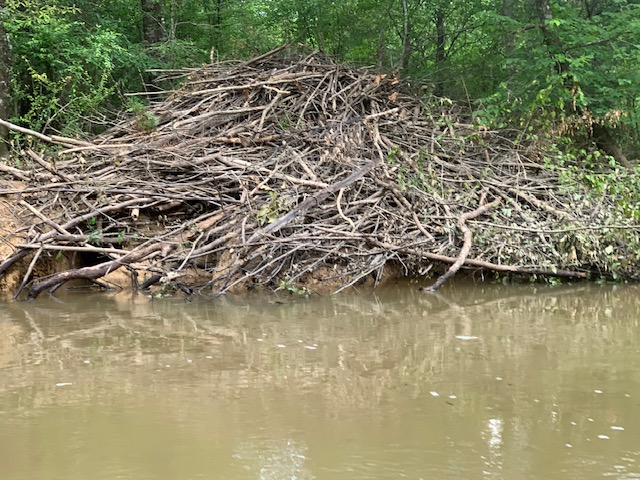
In any case, it is crucial to use traps responsibly and ethically and check them regularly to ensure that captured animals are not suffering. Also, state law requires trappers to carry catch-poles for the release of non-targeted species.
If you lack experience trapping beavers, it may be best to consult a professional trapper or wildlife control expert.
Final Thoughts on Beaver Trapping
Whatever plan you develop or techniques you decide to use, it’s essential to be patient and persistent. Each trapping scenario is different, and although many beavers get caught the first few days of a set, other times, it may take a week or longer.
Also, there is a big difference between effective trapping and efficient trapping. Efficiency can usually only improve with time and field experience.
Understanding that beaver constantly recolonizes suitable sites requires you to remain vigilant for signs that newcomers are slipping back onto your property. Remember, if one beaver decided your property would make a good home, chances are others may return to the same area.
Full Disclosure: This post may include affiliate links. There’s no extra charge to our readers for using these.

